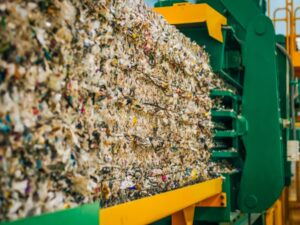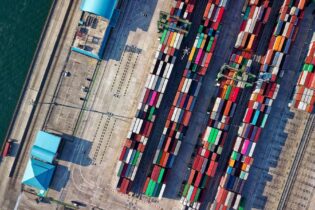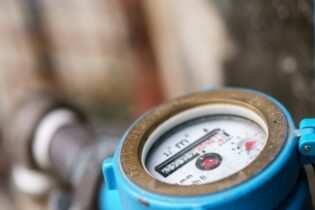One of the biggest mistakes that people make in their homes, schools, and businesses is not separating wet and dry waste.
According to Fibre Circle, the producer responsibility organisation of the paper and paper packaging sector, which is charged with promoting paper recycling awareness and encouraging consumers to separate paper products for recycling. “Recyclable paper such as office paper, cardboard boxes and dry food packaging should not get wet or dirty,” explains Edith Leeuta, CEO of Fibre Circle. “Because paper is effectively a natural product, any contact with moisture – such as tea bags, food scraps or dirty items – will set off the degradation process.” Three reasons why keeping paper products dry, separate and available for recycling is a good idea- It is easier, cleaner and quicker for waste collectors to retrieve these items.
- You will begin to notice your own waste footprint and how you can further reduce it, by composting your food waste, for example.
- Paper fibres retain their integrity, which means a better quality product when the paper is recycled.
- Common cardboard boxes of any kind dry food, cosmetic and medicine boxes; roll cores, packing cartons (flattened)
- Paper grocery and take-away bags
- Pizza boxes, burger boxes and paper-based clam shells – remove any food residue
- Newspapers, magazines and brochures, including glossy varieties
- Office and shredded paper, envelopes
- Old telephone directories
- Paper giftwrap (sticky tape removed)
- Damaged hardcover and paperback books
- Food and beverage cartons
- Paper cups – rinse lightly and dry
- Tissues, toilet paper and serviettes
- Food waste
- Wet/dirty paper and cardboard
- Sticky notes
- Used paper plates
- Disposable nappies
- Wax-coated, foil-lined or laminated boxes
- Foil gift wrapping, carbon and laminated paper







